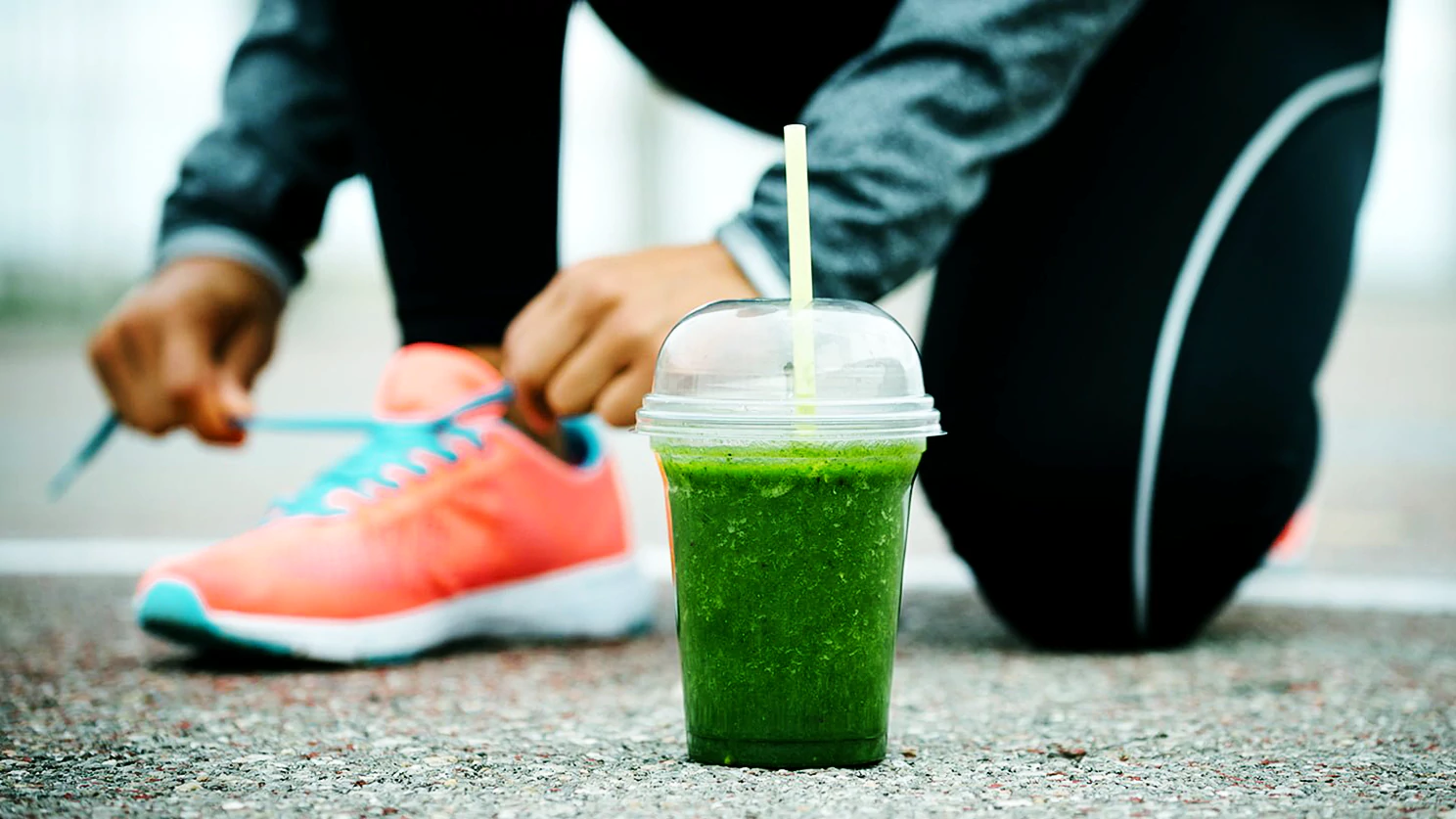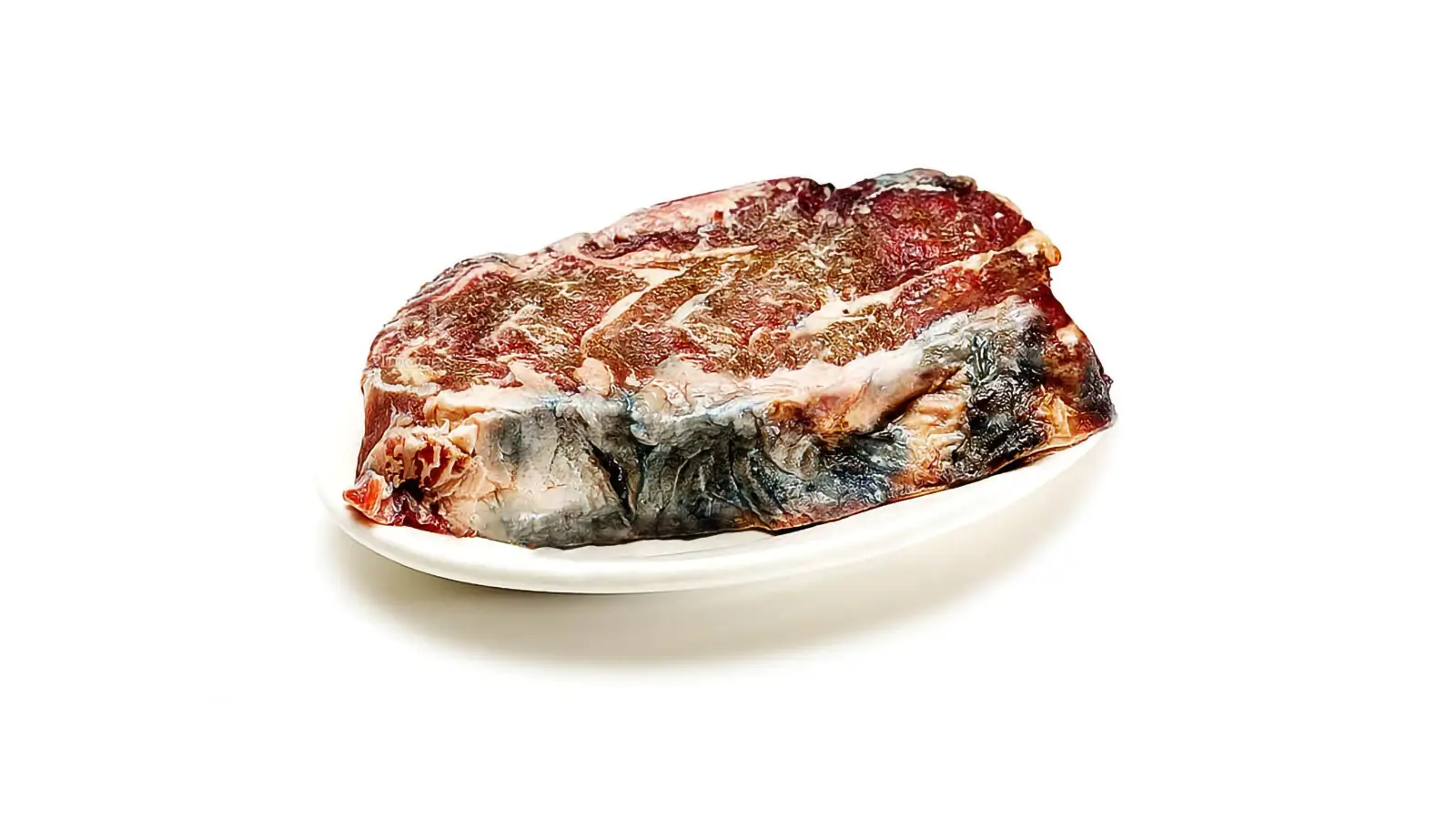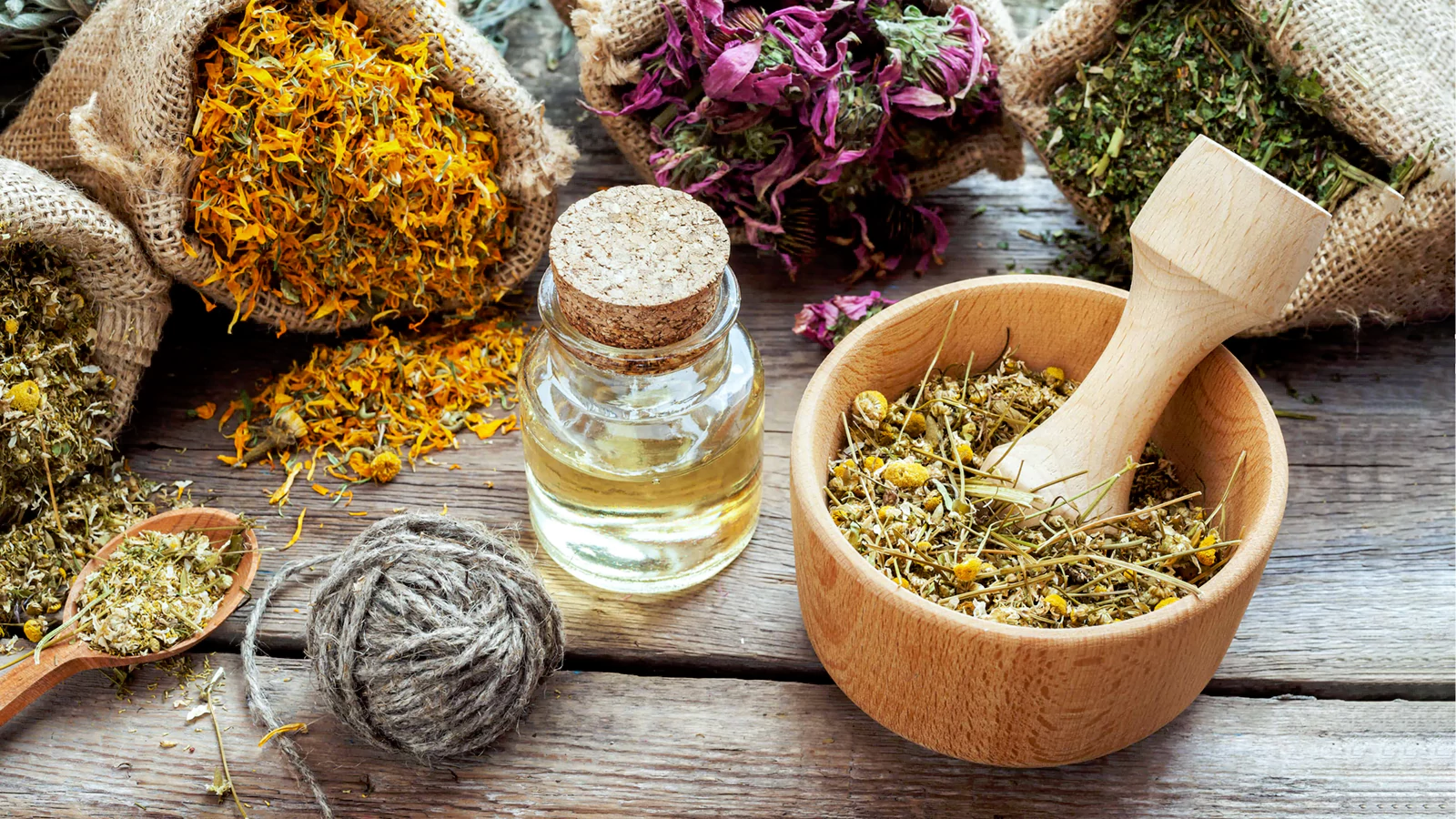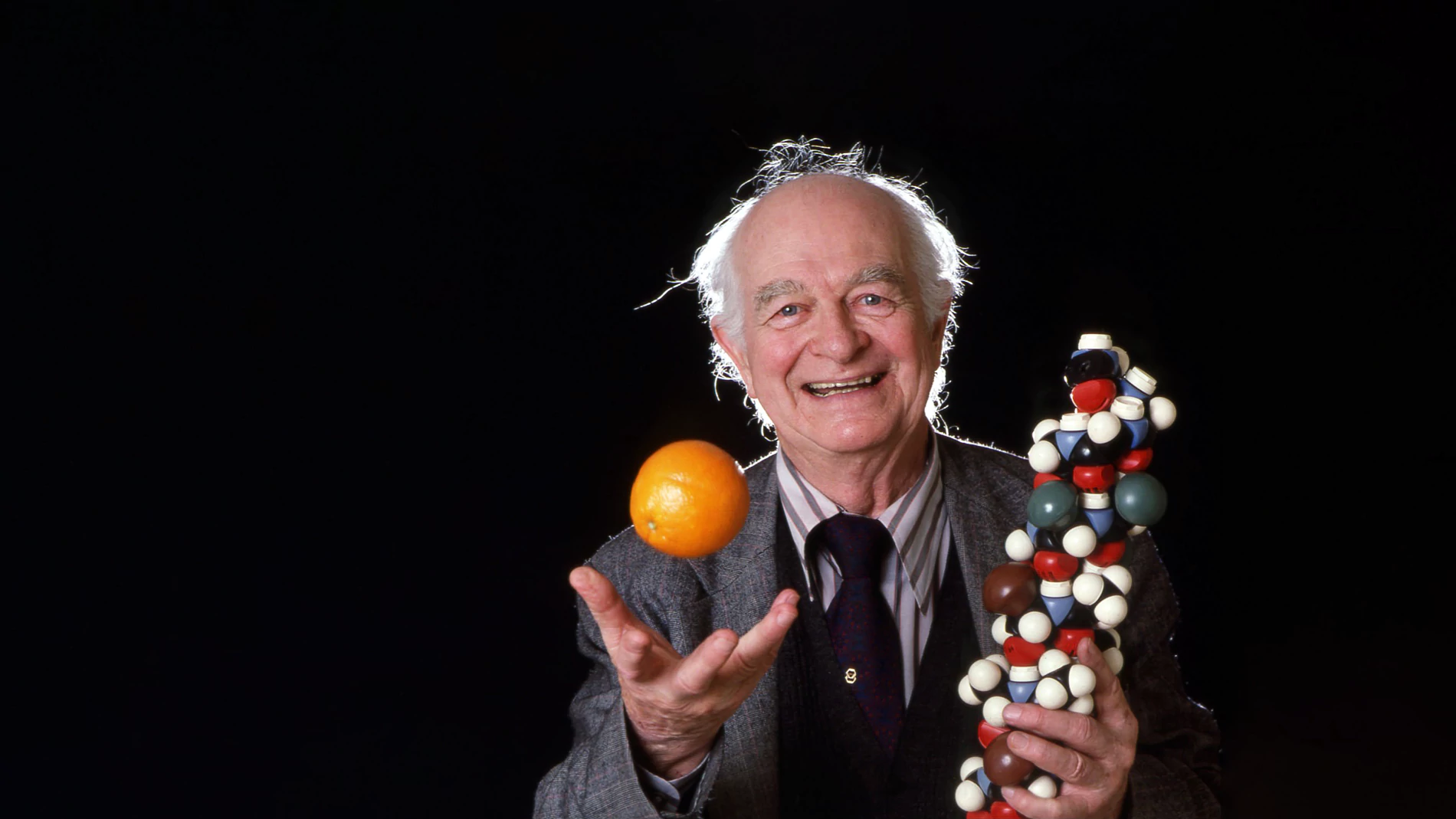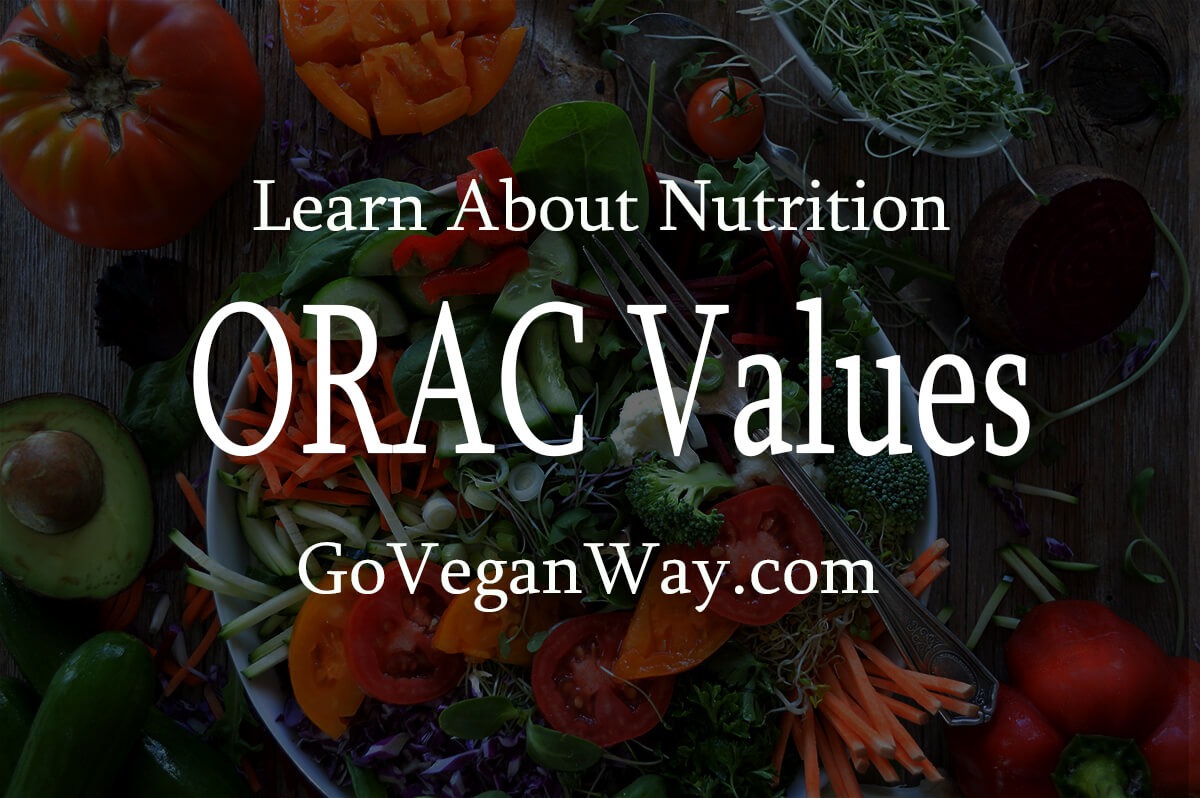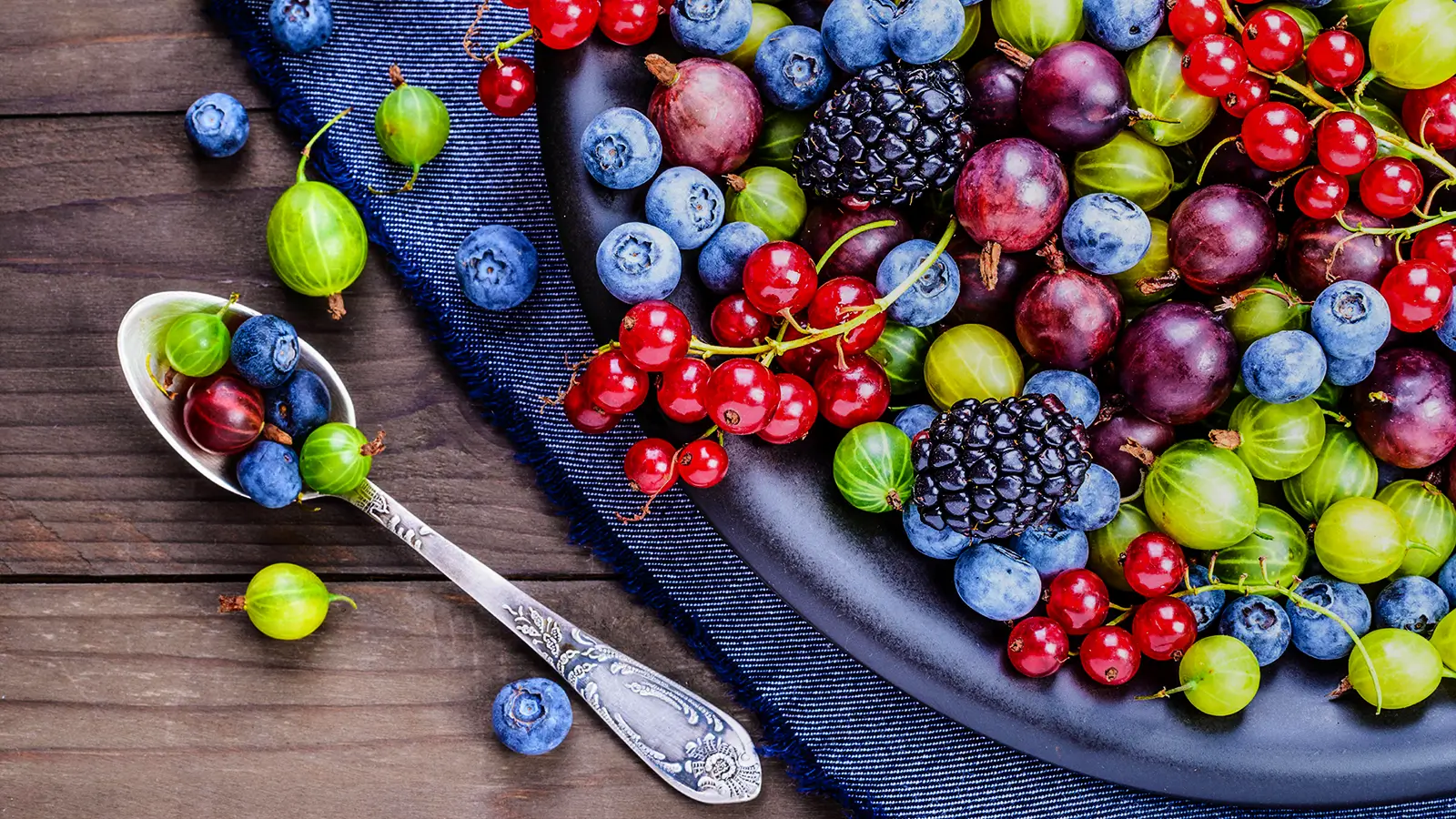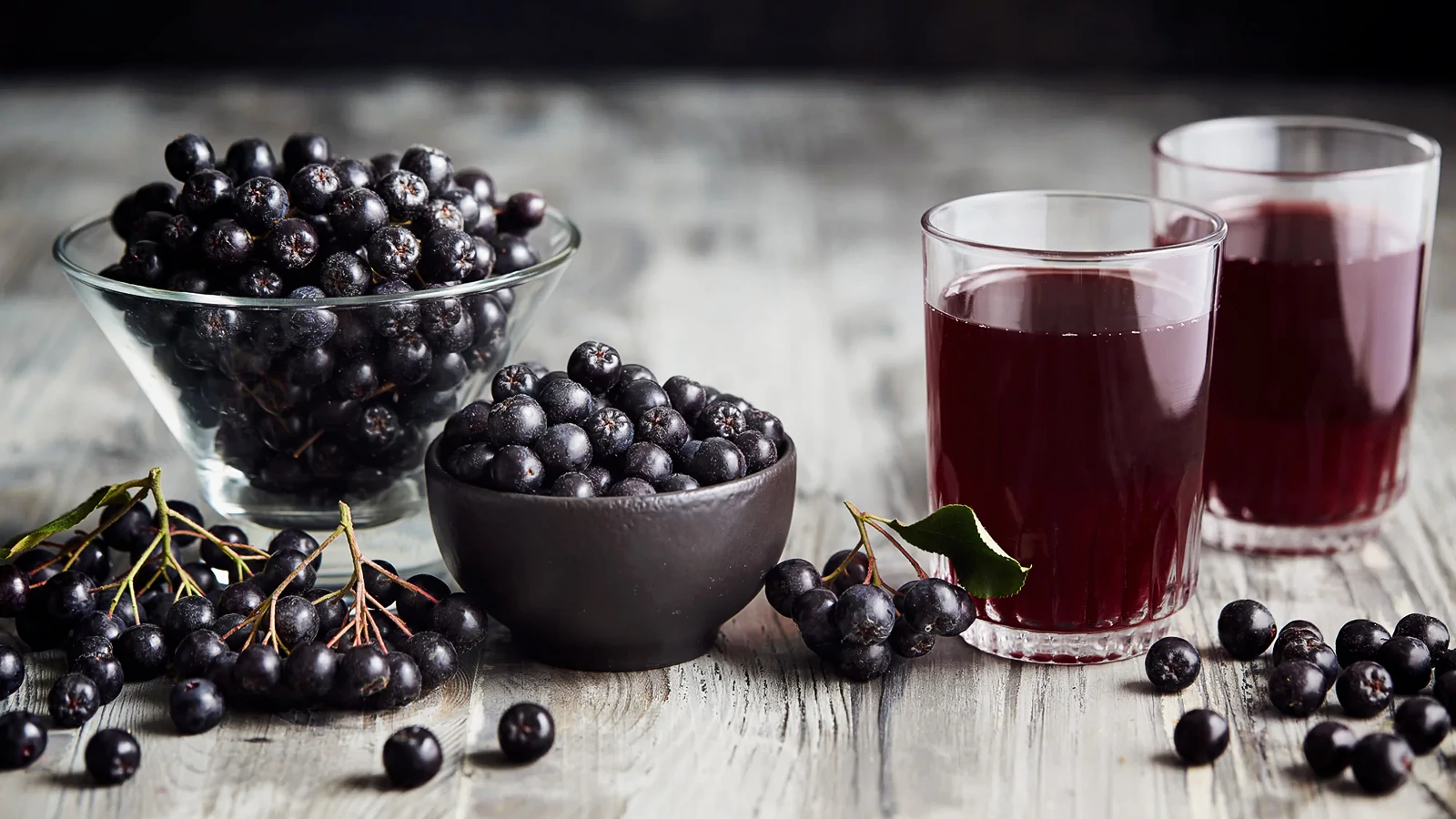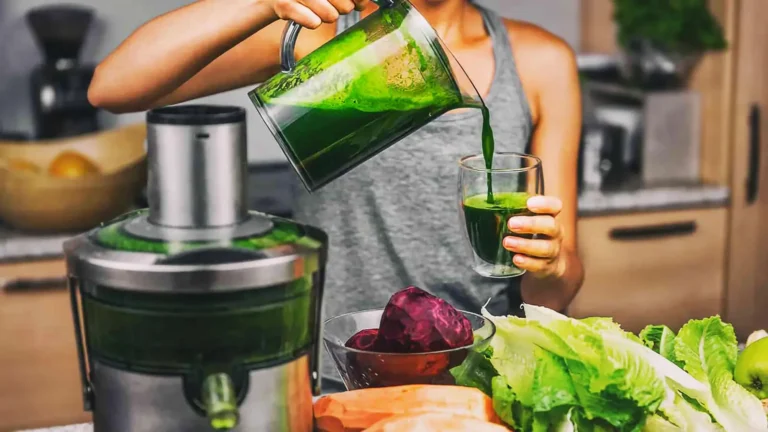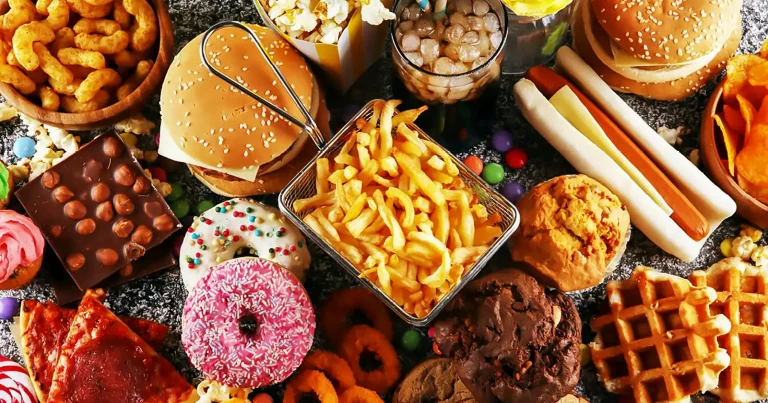Antioxidant Power of Spices: In Vivo Results with Realistic Dosages
Cloves, ginger, rosemary, turmeric significantly stifle inflammation while black pepper, cayenne, cinnamon, cumin, oregano, paprika, heated turmeric do nothing.
Milos Pokimica
Written By: Milos Pokimica
Medically Reviewed by: Dr. Xiùying Wáng, M.D.
Updated June 10, 2023Key Takeaways:
– Spices are rich sources of antioxidants and anti-inflammatory compounds that can modulate oxidative stress and inflammation in the body (Madsen et al., 1995).
– Spices may have potential benefits for preventing chronic diseases such as cardiovascular disease, diabetes, cancer, and neurodegenerative disorders (Yashin et al., 2017).
– Cloves, ginger, rosemary, and turmeric were able to significantly stifle the inflammatory response in vivo while black pepper, cayenne, cinnamon, cumin, oregano, paprika, sage, and heated turmeric did nothing (Percival et al., 2012).
– 0.3 grams of heat-treated turmeric was able to bring down DNA damage in half (Percival et al., 2012).
Introduction.
Spices have been used for centuries not only to add flavor and aroma to food but also for their medicinal properties. Recent studies have shown that many spices contain high levels of antioxidants, compounds that protect the body against damage from harmful free radicals. This has led to the idea that spices can be used as supplemental antioxidants for their health benefits.
Spices as a general rule are one of the most potent sources of antioxidants, however, very high levels of antioxidants have been found in some specific spices like turmeric, cinnamon, ginger, and cumin (Yashin et al., 2017). Curcumin, a compound present in turmeric, is a potent antioxidant that can decrease inflammation in the body. Cinnamon contains cinnamaldehyde, which has antioxidant and anti-inflammatory properties. Ginger contains gingerol, a compound with antioxidant effects that may help reduce oxidative stress in the body. Cumin contains cuminaldehyde which has been found to scavenge free radicals in vitro.
In addition to their antioxidant properties, many spices also have other health benefits (Jiang et al., 2019). For example, turmeric has anti-inflammatory effects which may help reduce pain associated with arthritis and other inflammatory conditions. Cinnamon may help lower blood sugar levels in people with diabetes by improving insulin sensitivity. Ginger has been found to help relieve nausea and vomiting, and may also have anti-inflammatory effects.
In this article, we would analyze some of the ways we could use spices as supplements to boost the health and antioxidant score of our diet.
Spices are cheap, spices are potent, and spices are easy to consume.
Milos Pokimica
Golden rule:
Most powerful antioxidants are a concentrated form of natural antioxidant-rich herbs. On top of the list will be essential oils, herbal extracts, dried herbs, and powders. Then we will have dried fruit, and superfoods like antioxidant-rich fruit, raw nuts, and seeds and vegetables. Then there will be regular fruit, and regular vegetables, and then at the very end a whole list of animal products that have no antioxidant value and are pro-inflammatory.
Milos Pokimica
Spices or herbs.
When you look and go down at the list of the most potent antioxidant-rich food sources you will notice that most of the items will be different spices or herbs.
Rosemary, meadowsweet, peppermint, thyme, wild marjoram, cinnamon, turmeric, lemon balm, sage, allspice, oregano, and so on.
Most of these spices and herbs will be used in normal cooking but only in small amounts and sporadically.
Sometimes even a pinch of them will have an impact on overall levels of consumed antioxidants.
If we want a real increase in our antioxidant intake realistically it would be a hard time doing it with just spices and herbs. What we can do is use them as a supplement.
For example, you can mix turmeric and ground pepper, and amla and take a teaspoon of it every day with water as a supplement. That will be a more significant increase in antioxidant intake instead of eating curry as a spice with a meal. There is a long list of potent spices and some are stronger than others but there is a question about their antioxidant bioavailability.
The bioavailability of antioxidants can be improved by combining certain spices and herbs. For example, combining turmeric with black pepper could help improve the absorption of curcumin in turmeric, which is one of the main antioxidants in spice. Additionally, combining spices and herbs with other antioxidant-rich foods can also boost their absorption. This can be done by making a smoothie with fruits and vegetables and adding a teaspoon of antioxidant-rich spices to enhance the flavor and the antioxidant content. Furthermore, consuming spices and herbs with healthy fats can also help increase their absorption, as the fats help carry the antioxidants into the body.
Bioavailability.
One of the main reasons why USDA removed the ORAC database is because of bioavailability. People were starting to do the same thing that I do. They started to do something they don’t like. ORAC values started to directly influence consumer decisions.
Because not all plants are made equal and some have much greater nutrient density than others people would choose to eat a more nutrient-dense diet. The problem is that the entire ORAC value database is derived from in vitro studies that involve just exposing a substance to oxygen and measuring the result. This might not correlate to real In vivo effects inside a body. Even if it does it might cause other health problems. A good example of this would be Sangre De Grado as the number one measured antioxidant superstar that showed a mutagenic effect on some strains of bacteria in vivo. This means that Sangre De Grado could be a natural antibiotic that targets only some strains of bacteria or it could mean that it is just a plain mutagen where some bacteria are just more resilient. I don’t know. Traditionally it is used for the common cold, upper airway infections, ulcers, and many other conditions. I am just using this as an example for the entire field. This is a vast topic that we can learn more about as research is done.
This is a reason why we need to have extensive research into this topic in the first place. ORAC values are just initial guidelines. Studies that measure the direct anti-inflammatory effect of antioxidant-rich food sources are more valid if we want to have real-life choices. The problem is that most of these studies do not have a patent at the end of the research and also can be in direct competition for consumer choices. For example, one phytochemical extracted from Sangre de Grado was approved as a drug by the FDA for diarrhea in people with AIDS. Someone might decide to take supplemental antioxidants as whole food sources of these phytochemicals instead big pharma medicine. And this is a big problem that limits the amount of available research.
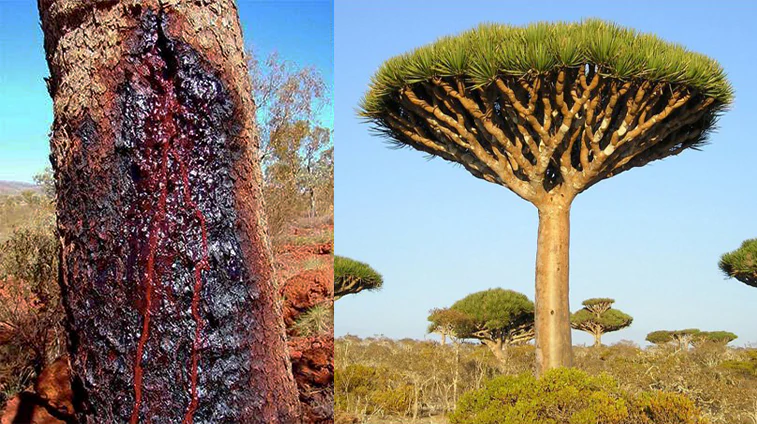
In short, the ORAC database provided a good starting point for people to make informed decisions about their diets. However, it did not provide enough information to make a definitive conclusion about the health benefits of eating certain types of food. More research and clinical trials are needed especially real in vivo results with live human subjects, to truly understand the effects of antioxidant-rich food sources on the body. It is important for consumers to be aware of the limitations of the ORAC database by itself and to use other sources of information also to make informed decisions about their diets.
In vivo results.
If we want to see real in vivo results on the effect of spices to see what they do and if they do anything in doses that are used in normal cooking, we can look at some studies.
In this study (Percival et al., 2012) they feed subjects with different types of spices for a week. The quantity they used and this is very important is just a small amount that people get in a normal diet like for example 0.3 grams of cloves or up to 2.8 grams of ginger.
They used just 0.3 grams of turmeric per day, 0.3 g/day of cayenne pepper, 1.7 g/day of paprika, 1.7 g/day of Saigon cinnamon, 2.8 g/day of cumin, Mediterranean oregano 1.1 g/day, black pepper 2.8 g/day, rosemary 2.8 g/day, dalmatian sage 1.7 g/day, clove 0.3 g/day and ginger 2.8 g/day. After a week, they drew blood and then dropped that blood onto human white blood cells that had been exposed to oxidized cholesterol. Then researchers measured how much inflammatory cytokines white blood cells produced in response. They wanted to see how much eating different spices will lower inflammatory response and also how much will they protect DNA. This is the closest we can get to measuring the real-life influence of some food because they did not just measure the antioxidant level in the blood or they did not just use a spice like for example turmeric and measure its effects directly.
They used the blood of people that have been eating spices in realistic dosages.
The result was that cloves, ginger, rosemary, and turmeric were able to significantly stifle the inflammatory response while black pepper, cayenne, cinnamon, cumin, oregano, paprika, sage, and heated turmeric did nothing.
This would suggest that, while some spices have no effect, other spices like cloves, ginger, rosemary, and turmeric can have a significant effect on lowering inflammation. This is even when consumed in amounts that are found in a normal diet. This could be beneficial to those suffering from chronic inflammation, as consuming such spices could possibly help to reduce the inflammation in the body.
DNA damage.
They also measured the impact on DNA damage.
Paprika, rosemary, ginger, heat-treated turmeric, sage, and cumin protected against DNA strand breaks.
This does not automatically mean that other spices are useless and not bioavailable. There is a possibility of that.
It means two things, they might not be bioavailable or that dosages were low to elicit an effect.
In regards to DNA protection in normal conditions, people will have 7 to 10 percent of their DNA in tissue samples damaged. The body repairs damage all the time and some DNA damage in 7 to 10 cells in every 100 cells is considered normal. Usually, people that have a bad diet have around 10 percent. In the study, ginger has broth down this number from 10 to 8, rosemary to 7, and turmeric to 4.5.
Just a small pinch of 0.3 grams of turmeric was able to bring down DNA damage in half. This is for heat-treated turmeric, the raw turmeric showed no effect while exactly the opposite was found for the anti-inflammatory effect. Heat-treated turmeric showed no effect on inflammation while raw powder did. It seems that we should consume both forms of turmeric. This result means that antioxidants and in this case spices and especially turmeric have the ability to prolong life.
To conclude, the results of this study show that spices and herbs can be very powerful in protecting our cells from damage. By consuming the right amount and type of spices, we can protect ourselves from DNA damage and reduce inflammation. This can help us maintain healthy cells and prolong our lives. It is also important to note that not all spices have the same effect and that the form in which they are consumed can also make a difference. Therefore, it is important to choose the right spices and to consume them in the right form for maximum benefit.
Basic mix.
Back in the day when I first started incorporating this knowledge into my life, I started with a basic mix of turmeric powder and ground black pepper. I didn’t take any of the supplements I just used ground turmeric powder that I purchased in a regular health food store. In the beginning that was all I did. Every morning I took one teaspoon of turmeric and black pepper mix. Later when I learned more about nutrition, I started to change some of my grocery decisions. I have already been eating mostly vegan whole food healthy diet but I still managed to increase substantially the level of antioxidants that I consume.
For people that don’t want to do this and that still want to eat oil and meat and sugar and all of the rest of the unhealthy foods, one easy step will be to do what I did.
Just go to the health food store and get some turmeric.
More potent basic mix.
The next step for me was to add other potent sources to the recipe.
The amount of turmeric we can safely consume is not that large. The upper limit is about 10 grams per day because it has high amounts of bioavailable oxalic acid. The safe upper limit for most people is 10 grams but 5 grams of it is an optimal dose.
To increase the potency of the recipe without increasing turmeric to unhealthy levels I added other antioxidants to the mix that were found to decrease inflammation in the study I referenced. I added dried ginger, rosemary, and cloves that I got from a health food store as well.
My recipe.
This was my recipe for a couple of years until a discovered the research behind amla and then added amla as well.
This doesn’t mean you should do this if you are happy with just turmeric then go with that or you can make your recipe. This is the mixture that I created based on clinical studies for myself. I personally only use amla because I don’t know the source of the most of Ayurvedic herbal dietary supplements that I would buy. Regrettably, one in five Ayurvedic herbal dietary supplements including Triphala were found contaminated with lead, mercury, or arsenic. Amla or Indian gooseberry is found the be noncontaminated same as turmeric so I will use just these two that I know are safe. Triphala has two more Indian medicinal spices besides Indian gooseberry.

Today I take 10 to 15 grams of this mix every morning and this will give me a value of around 5,000 to 10,000 ORAC units. One spoonful of this mixture will have more antioxidants than what the average American that eats a standard American diet will consume in a whole week. Plus, on top of antioxidants, there are other phytochemicals in there as well that have beneficial properties for the immune system, cognitive function, and endocrine function. Because this is a whole-food mixture there will be a food synergy effect as well.
The best thing about this is that you can make this “supplement” yourself and it is dirt cheap.
If you don’t want to do anything regarding your health and diet and don’t want to change anything then just do this one thing. It will benefit you more than any other health intervention. The worst thing about this is the taste. It is very nasty. The way I do it is I just put it directly into my mouth and then I drink water and swallow. I tried to mix it in with juice or water or in tea, and it didn’t help. As soon as it hits any type of liquid it starts to soak up and then it will bulk up and will release all of its taste to that liquid making it even worse.
After I created this form of the antioxidant-rich herbal mix, I created more advanced by also much more expensive ones. In my view for most of the population, this mixture will be enough.
We all use spices to cook, but did you know that they can be a great tool to incorporate more beneficial polyphenols into your diet? That’s right, with just one teaspoon you can do a whole lot to your health! Dr. Gundry shares what spices you need plus, the amazing benefits they can reap in your life.
Part of the Ernest Rosenbaum Cancer Survivorship Lecture Series. Herbs and spices have been shown to provide numerous health benefits–from boosting immunity to controlling blood sugar, aiding digestion, lowering blood pressure, and easing joint pain. Speaker: Alison Ryan, RD, MS, CSO, CSNC
Conclusion:
- Most powerful antioxidants are a concentrated form of natural antioxidant-rich herbs.
- Most of these spices and herbs will be used in normal cooking but only in small amounts and sporadically.
- Sometimes even a pinch of them will have an impact on overall levels of consumed antioxidants.
- We can use spices as a supplement.
- ORAC values are just initial guidelines.
- Studies that measure the direct anti-inflammatory effect of antioxidant-rich food sources in vivo are more valid if we want to have real-life choices.
- Cloves, ginger, rosemary, and turmeric significantly stifle the inflammatory response.
- Black pepper, cayenne, cinnamon, cumin, oregano, paprika, sage, and heated turmeric do not show anti-inflammatory effects in realistic cooking dosages.
- Paprika, rosemary, ginger, heat-treated turmeric, sage, and cumin protect against DNA strand breaks.
- 0.3 grams of heat-treated turmeric was able to bring down DNA damage in half.
- Heat-treated turmeric showed no effect on inflammation while raw powder did.
- Started with a basic mix of raw turmeric powder and ground black pepper and add some turmeric into cooking.
- The amount of turmeric we can safely consume is not that large.
- My more advanced but still basic recipe: turmeric, black pepper, ginger, rosemary, cloves, and amla.
- You can safely make your recipe by adding other medicinal herbs to the list.
- I take 10 to 15 grams of this mix every morning before the meal with an essential oil mix that I make for increased potency and bioavailability.
- One spoonful of this mixture will have more antioxidants than what the average American that eats a standard American diet will consume in a whole week.
- This is a whole-food mixture with other phytochemicals.
- There will be a food synergy effect as well.
- There are more advanced formals and supplements but much more expensive.
- You can make this “supplement” yourself and it is dirt cheap.
FAQ
References:
Passages selected from a book: Pokimica, Milos. Go Vegan? Review of Science Part 3. Kindle ed., Amazon, 2020.
- Percival, S. S., Vanden Heuvel, J. P., Nieves, C. J., Montero, C., Migliaccio, A. J., & Meadors, J. (2012). Bioavailability of herbs and spices in humans as determined by ex vivo inflammatory suppression and DNA strand breaks. Journal of the American College of Nutrition, 31(4), 288–294. https://doi.org/10.1080/07315724.2012.10720438
- Carlsen, M. H., Halvorsen, B. L., Holte, K., Bøhn, S. K., Dragland, S., Sampson, L., Willey, C., Senoo, H., Umezono, Y., Sanada, C., Barikmo, I., Berhe, N., Willett, W. C., Phillips, K. M., Jacobs, D. R., Jr, & Blomhoff, R. (2010). The total antioxidant content of more than 3100 foods, beverages, spices, herbs and supplements used worldwide. Nutrition journal, 9, 3. https://doi.org/10.1186/1475-2891-9-3
- Yashin, A., Yashin, Y., Xia, X., & Nemzer, B. (2017). Antioxidant Activity of Spices and Their Impact on Human Health: A Review. Antioxidants (Basel, Switzerland), 6(3), 70. https://doi.org/10.3390/antiox6030070
- Lopes, M. I., Saffi, J., Echeverrigaray, S., Henriques, J. A., & Salvador, M. (2004). Mutagenic and antioxidant activities of Croton lechleri sap in biological systems. Journal of ethnopharmacology, 95(2-3), 437–445. https://doi.org/10.1016/j.jep.2004.08.025
- Madsen, H. B., & Bertelsen, G. (1995). Spices as antioxidants. Trends in Food Science and Technology, 6(8), 271–277. https://doi.org/10.1016/s0924-2244(00)89112-8
- Yashin, A., Yashin, Y., Xia, X., & Nemzer, B. (2017). Antioxidant Activity of Spices and Their Impact on Human Health: A Review. Antioxidants (Basel, Switzerland), 6(3), 70. https://doi.org/10.3390/antiox6030070
- Paur, I., Carlsen, M. H., Halvorsen, B. L., et al. (2011). Antioxidants in herbs and spices: Roles in oxidative stress and redox signaling. In I. F. F. Benzie & S. Wachtel-Galor (Eds.), Herbal medicine: Biomolecular and clinical aspects (2nd ed.). CRC Press/Taylor & Francis. https://doi.org/10.1201/b10787
- Embuscado, M. E. (2015). Herbs and spices as antioxidants for food preservation. In Elsevier eBooks (pp. 251–283). https://doi.org/10.1016/b978-1-78242-089-7.00011-7
- Liao, H., Banbury, L. K., & Leach, D. N. (2008). Antioxidant activity of 45 Chinese herbs and the relationship with their TCM characteristics. Evidence-based complementary and alternative medicine : eCAM, 5(4), 429–434. https://doi.org/10.1093/ecam/nem054
- Shobana, S., & Naidu, K. A. (2000). Antioxidant activity of selected Indian spices. Prostaglandins, leukotrienes, and essential fatty acids, 62(2), 107–110. https://doi.org/10.1054/plef.1999.0128
- Saxena, R., Venkaiah, K., Anitha, P., Venu, L., & Raghunath, M. (2007). Antioxidant activity of commonly consumed plant foods of India: contribution of their phenolic content. International journal of food sciences and nutrition, 58(4), 250–260. https://doi.org/10.1080/09637480601121953
- Jiang T. A. (2019). Health Benefits of Culinary Herbs and Spices. Journal of AOAC International, 102(2), 395–411. https://doi.org/10.5740/jaoacint.18-0418
Related Posts
Do you have any questions about nutrition and health?
I would love to hear from you and answer them in my next post. I appreciate your input and opinion and I look forward to hearing from you soon. I also invite you to follow us on Facebook, Instagram, and Pinterest for more diet, nutrition, and health content. You can leave a comment there and connect with other health enthusiasts, share your tips and experiences, and get support and encouragement from our team and community.
I hope that this post was informative and enjoyable for you and that you are prepared to apply the insights you learned. If you found this post helpful, please share it with your friends and family who might also benefit from it. You never know who might need some guidance and support on their health journey.
– You Might Also Like –

Learn About Nutrition
Milos Pokimica is a doctor of natural medicine, clinical nutritionist, medical health and nutrition writer, and nutritional science advisor. Author of the book series Go Vegan? Review of Science, he also operates the natural health website GoVeganWay.com
Medical Disclaimer
GoVeganWay.com brings you reviews of the latest nutrition and health-related research. The information provided represents the personal opinion of the author and is not intended nor implied to be a substitute for professional medical advice, diagnosis, or treatment. The information provided is for informational purposes only and is not intended to serve as a substitute for the consultation, diagnosis, and/or medical treatment of a qualified physician or healthcare provider.NEVER DISREGARD PROFESSIONAL MEDICAL ADVICE OR DELAY SEEKING MEDICAL TREATMENT BECAUSE OF SOMETHING YOU HAVE READ ON OR ACCESSED THROUGH GoVeganWay.com
NEVER APPLY ANY LIFESTYLE CHANGES OR ANY CHANGES AT ALL AS A CONSEQUENCE OF SOMETHING YOU HAVE READ IN GoVeganWay.com BEFORE CONSULTING LICENCED MEDICAL PRACTITIONER.
In the event of a medical emergency, call a doctor or 911 immediately. GoVeganWay.com does not recommend or endorse any specific groups, organizations, tests, physicians, products, procedures, opinions, or other information that may be mentioned inside.
Editor Picks –
Milos Pokimica is a doctor of natural medicine, clinical nutritionist, medical health and nutrition writer, and nutritional science advisor. Author of the book series Go Vegan? Review of Science, he also operates the natural health website GoVeganWay.com
Latest Articles –
Plant Based News
-
‘What I Eat For 100 Grams Of Vegan Protein Per Day’
on June 7, 2025
-
Warming Jerk Jackfruit With Pineapple, Corn, And Sweet Potato
on June 7, 2025
-
Consuming Certain Plant-Based Foods Could Slow Down Biological Aging, Says Study
on June 7, 2025
-
‘I Tried The £6 Vegan Pork Everyone Is Talking About’
on June 7, 2025
-
Tropical Plantain And ‘Egg’ Breakfast Sandwiches
on June 7, 2025
-
Natalie Portman Discusses Her Favorite Vegan Foods And Restaurants
on June 6, 2025
-
Ecotricity Founder Dale Vince Calls On UK Gov To Promote Plant-Based Foods
on June 6, 2025
Top Health News — ScienceDaily
- Why your diet might be making you sad—Especially if you’re a manon June 7, 2025
New research reveals a surprising downside to calorie-cutting diets: a link to higher levels of depressive symptoms, especially in men and those who are overweight. Despite popular beliefs that healthy eating boosts mental wellness, real-life restrictive diets may be nutritionally unbalanced, potentially harming emotional and cognitive health.
- Largest-ever map of the universe reveals 10x more early galaxies than expectedon June 7, 2025
An international team of scientists has unveiled the largest and most detailed map of the universe ever created using the James Webb Space Telescope, revealing nearly 800,000 galaxies stretching back to almost the beginning of time. The COSMOS-Web project not only challenges long-held beliefs about galaxy formation in the early universe but also unexpectedly revealed 10 times more galaxies than anticipated along with supermassive black holes Hubble couldn t see.
- Clinical trial finds diabetes pill reduces liver scarringon June 7, 2025
A diabetes drug may soon double as a treatment for liver disease. Dapagliflozin, an SGLT-2 inhibitor typically used for type 2 diabetes, significantly improved liver inflammation and scarring in patients with metabolic dysfunction-associated steatohepatitis (MASH) during a clinical trial in China. Participants on the drug saw better liver outcomes and fewer side effects than those on a placebo. Although more research is needed, especially in diverse populations, this finding hints at a […]
- Researchers develop innovative model to study sense of smellon June 3, 2025
Using a newly devised, three-dimensional model to study the regeneration of nerve tissue in the nose, researchers have discovered that one type of stem cell thought to be dormant may play a more significant role in preserving the sense of smell than originally believed.
- Decades-old assumptions about brain plasticity upendedon June 3, 2025
A new study challenges a decades-old assumption in neuroscience by showing that the brain uses distinct transmission sites — not a shared site — to achieve different types of plasticity.
- Guardrails, education urged to protect adolescent AI userson June 3, 2025
The effects of artificial intelligence on adolescents are nuanced and complex, according to a new report that calls on developers to prioritize features that protect young people from exploitation, manipulation and the erosion of real-world relationships.
- Eating an array of smaller fish could be nutrient-dense solution to overfishingon June 3, 2025
To satisfy the seafood needs of billions of people, offering them access to a more biodiverse array of fish creates opportunities to mix-and-match species to obtain better nutrition from smaller portions of fish.
PubMed, #vegan-diet –
- Plant-based dietary index and body weight in people with type 1 diabetes: a secondary analysis of a randomized clinical trialon June 6, 2025
CONCLUSION: The study results suggest that replacing animal foods with plant foods is an effective strategy for weight loss in adults with type 1 diabetes. The inclusion of “unhealthy” plant-based foods did not impair weight loss, and these benefits were independent of energy intake.
- Mindful eating is associated with a healthier plant-based diet in the NutriNet-Sante studyon June 6, 2025
Scientific evidence suggests that mindful eating (ME) may be effective for promoting healthy plant-based diets. However, data are scarce. This cross-sectional study investigated the association between ME and plant-based diets. In 2023, 13,768 participants from the NutriNet-Santé cohort completed the Mind-Eat Scale, at least three 24-hour dietary records, and a food choices questionnaire. The contribution of plant-based foods was evaluated using the Plant-based Diet Index (PDI), the healthy […]
- In silico dietary interventions using whole-body metabolic models reveal sex-specific and differential dietary risk profiles for metabolic syndromeon June 5, 2025
Metabolic Syndrome (MetS) is a cluster of metabolic disorders that substantially increases the risk of chronic metabolic diseases. Diet plays a crucial role in MetS progression, yet a mechanistic understanding of its impact on MetS risk remains elusive. To address this gap, we conducted a rigorous in silico diet intervention study by leveraging organ-resolved sex-specific whole-body models of metabolism. These models were utilized to computationally evaluate the effect of 12 diverse dietary…
- There’s still no meat: Revisiting the idea of Republican veganson June 3, 2025
Existing academic research has highlighted a connection between dietary habits and political beliefs. An individual’s dietary choices can mean more than just the need or pleasure of eating. Dietary choice can also be tied to a personal identity, in which food consumption reinforces through other beliefs and in-group identities, including partisan affiliation and political ideology. This study analyzes survey data from the Natural Marketing Institute’s (NMI) 2019 Lifestyles of Health and…
- Perceived motivators and barriers to consuming a plant-based diet: a qualitative research studyon June 2, 2025
CONCLUSIONS: Findings can inform strategies for promoting plant-based diets by supporting individuals to overcome social challenges, providing nutrition-related information and education, and improving access to affordable, high-quality plant-based products and meat alternatives.
Random Posts –
Featured Posts –

Latest from PubMed, #plant-based diet –
- Plant-based dietary index and body weight in people with type 1 diabetes: a secondary analysis of a randomized clinical trialby Hana Kahleova on June 6, 2025
CONCLUSION: The study results suggest that replacing animal foods with plant foods is an effective strategy for weight loss in adults with type 1 diabetes. The inclusion of “unhealthy” plant-based foods did not impair weight loss, and these benefits were independent of energy intake.
- Correlation between dietary acid-base load and chronic kidney disease patients with type 2 diabetes mellitusby Hui Huang on June 6, 2025
CONCLUSION: DAL score is a related factor for patients with T2DM and CKD.
- Exploring the Intention to Adopt a Plant-Based Diet Among Young Korean Adults in Their 20s: Focusing on Barriers and Benefitsby So-Young Kim on June 6, 2025
CONCLUSION AND IMPLICATIONS: The study results imply that strategies are needed to not only tackle the perceived barrier of taste and satiety but also leverage the benefits of healthfulness, palatability and satisfaction, and ethics, taking into consideration gender differences to promote a plant-based diet among young adults.
- Association Between Plant-Based Dietary Patterns and the Long-Term Trajectory of Depressive Symptoms: A 10-Year Longitudinal Studyby Wenhao Zhou on June 6, 2025
CONCLUSIONS AND IMPLICATIONS: Adherence to plant-based dietary patterns was associated with a lower likelihood of being on an unfavorable depressive trajectory, whereas an unhealthy plant-based diet was associated with an increased likelihood of being on an unfavorable depressive trajectory.
- Mindful eating is associated with a healthier plant-based diet in the NutriNet-Sante studyby Pauline Paolassini-Guesnier on June 6, 2025
Scientific evidence suggests that mindful eating (ME) may be effective for promoting healthy plant-based diets. However, data are scarce. This cross-sectional study investigated the association between ME and plant-based diets. In 2023, 13,768 participants from the NutriNet-Santé cohort completed the Mind-Eat Scale, at least three 24-hour dietary records, and a food choices questionnaire. The contribution of plant-based foods was evaluated using the Plant-based Diet Index (PDI), the healthy […]
- Circulating short-chain fatty acids and Mediterranean food patterns. A potential role for the prediction of type 2 diabetes risk: The Di@bet.es Studyby Gemma Llauradó on June 6, 2025
CONCLUSIONS: Baseline circulating concentrations of SCFAs are associated with high-fiber food consumption and independently predict the development of T2D over seven years of follow-up. However, they offer limited improvement in risk prediction compared to traditional risk factors, though they enhance risk prediction as assessed by FINDRISK. Further studies are necessary to evaluate the impact of dietary interventions on SCFA.

